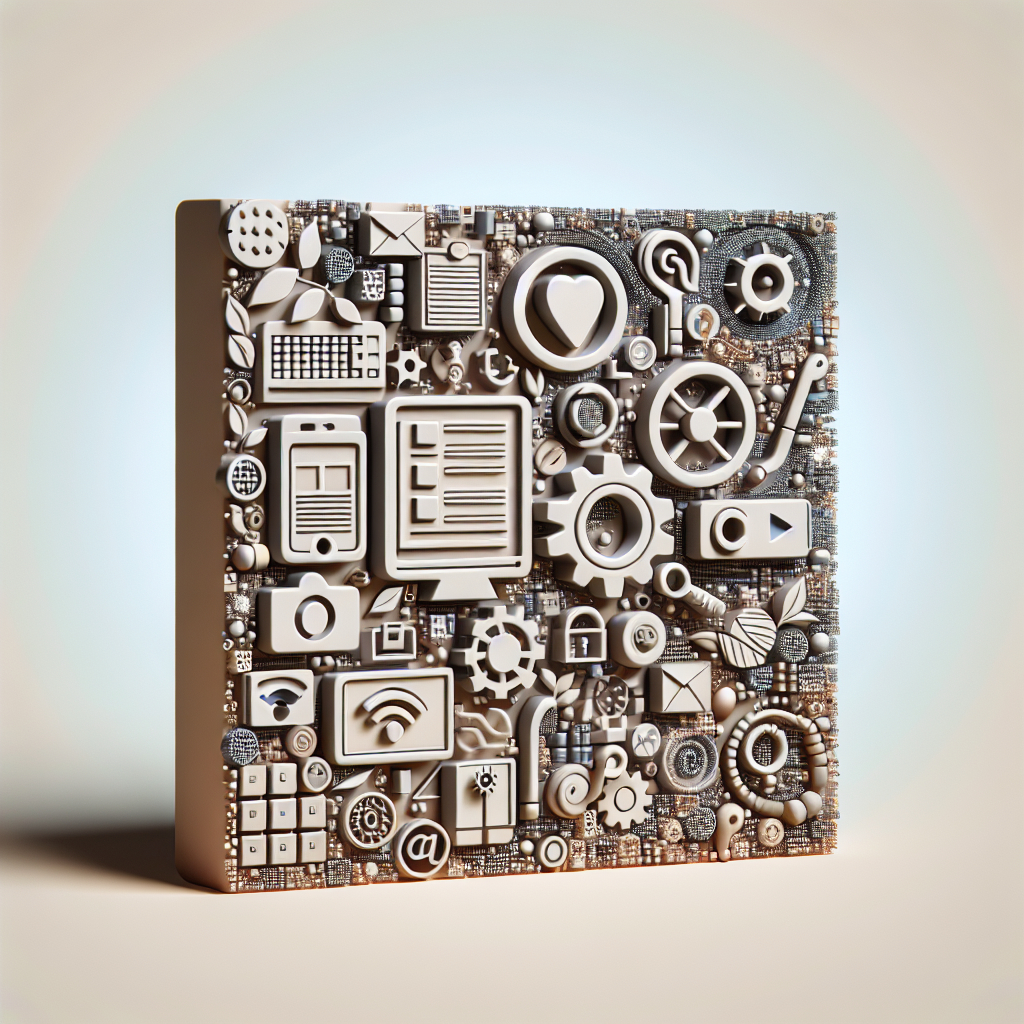The digital landscape is witnessing a profound shift as virtual reality (VR) and augmented reality (AR) reshape how people connect, communicate, and collaborate online. By merging physical environments with digital overlays, these technologies are unlocking new avenues for **immersive** experiences, blending social media, gaming, professional networking, and creative expression. This article explores the key developments driving this transformation and examines their implications for engagement, privacy, and inclusivity.
Emerging Immersive Platforms
Platform Evolution
Major technology companies and startups alike are racing to build **innovative** VR and AR ecosystems. Platforms such as Meta’s Horizon Worlds, Microsoft Mesh, and the newly launched Apple Vision Pro offer digital spaces where avatars meet in shared environments that mimic real-world interactions. These platforms prioritize spatial audio, realistic object physics, and customizable avatars to provide a heightened sense of **presence**.
Avatar Customization and Identity
Avatars have become the digital embodiment of each user’s online identity. From hyper-realistic humanoid figures to stylized, cartoonish characters, users can tailor appearance, gestures, and vocal inflections. Personalization tools range from simple face scans to elaborate body animations. As a result, users feel more connected and represented, forging authentic bonds even when physically apart. This customization enhances not only the social aspect, but also provides powerful tools for self-expression and community building.
Cross-Platform Interoperability
To ensure broad adoption, leading platforms are adopting open standards and APIs that allow VR/AR applications to interoperate. Efforts such as the OpenXR initiative aim to harmonize development frameworks so users can bring assets, avatars, and virtual goods across apps and devices. This interoperability fosters a vibrant marketplace, encourages third-party innovation, and reduces barriers for new entrants eager to tap into the **collaboration** economy.
Reinventing Social Connectivity
Immersive Social Media
Traditional social media relies on text, images, and videos, but VR and AR introduce a spatial dimension. Imagine attending a virtual concert with friends represented by avatars, cheering together in real time. Or picture a remote family reunion overlaid on your living room, complete with lifelike holograms of loved ones. These experiences make online interactions more intuitive, engaging, and emotionally resonant.
Shared Experiences and Events
Brands and event organizers are harnessing AR filters, VR pop-up concerts, and virtual conferences to reach global audiences. Instead of passively scrolling, participants actively engage—dancing alongside performers, networking in virtual lounges, and exploring interactive booths. These experiences boost attendee **engagement**, foster brand loyalty, and generate valuable analytics on user behaviors and preferences.
Collaborative Workspaces
The traditional video call is rapidly giving way to VR workspaces where teams gather around digital whiteboards, manipulate 3D prototypes, and co-edit documents in real time. Holographic presence and hand-tracking gestures enhance brainstorming sessions, making remote collaboration feel seamless. Companies report increased productivity, reduced travel costs, and improved team cohesion as distributed workforces adopt these immersive tools.
- Virtual meeting rooms with realistic environmental audio
- Interactive 3D models for design and training
- Real-time translation and transcription overlays
Challenges and Ethical Considerations
Privacy and Data Security
While VR and AR collect a wealth of data—eye movements, facial expressions, spatial mapping—they also raise significant privacy concerns. Who owns biometric information? How securely is it stored and transmitted? Developers must implement robust encryption, transparent data policies, and user consent mechanisms to build trust. Regulatory frameworks such as GDPR are beginning to address these questions, but technology often evolves faster than legislation.
Mental Health and Well-Being
Immersive technologies can blur the boundaries between virtual and physical realities. Extended sessions in virtual spaces may lead to disorientation or digital fatigue. Social dynamics in VR can also intensify phenomena like cyberbullying and harassment, as avatars lack subtle facial cues. Platforms must prioritize moderation tools, user reporting features, and ethical design to foster safe environments.
Accessibility and Inclusivity
Despite growing interest, hardware costs and technical requirements remain barriers for many. Achieving broad adoption demands affordable headsets, intuitive interfaces, and accessibility features for users with disabilities. Voice commands, haptic feedback, and adjustable text sizing are critical for inclusivity. Developers should embrace universal design principles to ensure that VR and AR communities reflect diverse perspectives.
Future Outlook and Trends
Advances in Spatial Computing
Next-generation AR glasses promise seamless integration of digital content into everyday life. Lightweight frames with high-resolution displays will overlay navigation directions, real-time translations, and contextual social feeds onto the physical world. This shift toward spatial computing will transform how users access information and interact with one another, making digital assistance as ubiquitous as smartphones.
Decentralized Virtual Economies
Blockchain and non-fungible tokens (NFTs) are revolutionizing virtual ownership. From virtual real estate to digital fashion, users can buy, sell, and trade assets with provable scarcity. This burgeoning economy incentivizes creators to develop custom content—skins, avatars, interactive environments—and fosters new revenue streams. As interoperability improves, digital assets will carry value across multiple platforms, blurring the line between the virtual and real-world economies.
Social Impact and Empathy Building
Immersive storytelling has the power to cultivate empathy. VR documentaries transport viewers into different cultures, conflict zones, or environmental crises, fostering deeper understanding of global issues. Educational institutions are leveraging AR to create interactive history lessons and science labs, making learning more **dynamic** and memorable. As these applications expand, technology becomes a catalyst for positive social change.
- Virtual classrooms delivering experiential learning
- AR-driven public art and community engagement
- VR therapy for mental health and rehabilitation
Navigating the Next Frontier
Bridging Physical and Digital Realms
The convergence of VR and AR is redefining the meaning of “social.” Digital meetups will be as commonplace as in-person gatherings, and virtual attendance may surpass physical limits. Advances in **empathy**-driven design and gesture recognition will further narrow the gap between real and virtual interactions, creating unprecedented levels of connection.
Developer Ecosystems and Skillsets
Building immersive experiences requires multidisciplinary expertise—from 3D modeling and UX design to spatial audio engineering and AI-driven interactions. Educational programs and online communities are emerging to train talent in these specialized skillsets. Open-source libraries and developer toolkits will accelerate innovation, while hackathons and industry partnerships foster collaborative problem-solving.
Sustainable Growth and Responsible Innovation
To realize the promise of VR and AR, stakeholders must commit to **ethical** design, equitable access, and environmental sustainability. Energy-efficient hardware, recycling programs for outdated devices, and modular software updates can reduce the ecological footprint of immersive tech. By prioritizing long-term social welfare, the industry can chart a course that benefits users, communities, and the planet alike.



